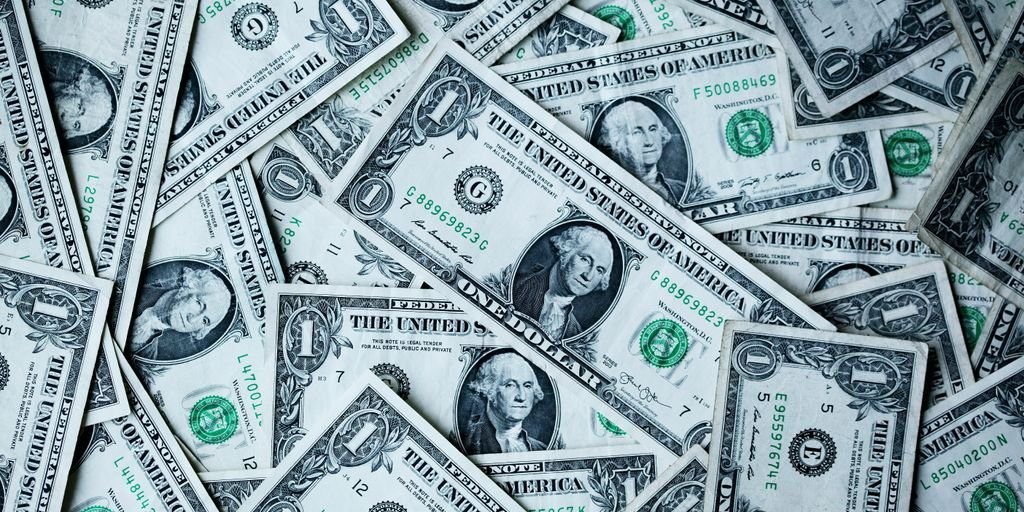Definition of Purchasing Power
Purchasing power refers to the quantity of goods and services that a given amount of money can buy. It is an essential indicator of the economic well-being of individuals and nations. In the context of the financial market, purchasing power reflects the relative value of currency over time, often influenced by inflation or deflation. A strong purchasing power indicates that consumers can buy more with their money, while a weaker purchasing power means less can be acquired.
Factors Affecting Purchasing Power
Several factors influence purchasing power, including inflation rates, currency exchange rates, and overall economic stability. Inflation erodes purchasing power by increasing the prices of goods and services, meaning that the same amount of money buys fewer items. Conversely, deflation can increase purchasing power by reducing prices. Economic stability, consumer confidence, and fiscal policies also play significant roles in determining purchasing power.
Inflation and Its Impact on Purchasing Power
Inflation is a critical factor that diminishes purchasing power over time. When the general price level rises, each unit of currency buys fewer goods and services. For investors and consumers, understanding inflation’s impact on purchasing power is vital for making informed financial decisions. Central banks often manage inflation through monetary policies to maintain a stable purchasing power in the economy.
Deflation and Purchasing Power
Deflation, the opposite of inflation, can lead to an increase in purchasing power. During deflationary periods, the prices of goods and services decrease, allowing consumers to buy more with the same amount of money. However, prolonged deflation can signal economic distress, leading to reduced spending and investment, which may negatively impact the economy in the long term.
Real vs. Nominal Purchasing Power
Purchasing power can be classified into real and nominal terms. Nominal purchasing power refers to the face value of money, without considering inflation or deflation. Real purchasing power, on the other hand, accounts for changes in price levels, providing a more accurate measure of what money can buy in real terms. Financial analysts use real purchasing power to assess economic trends and the true value of income and investments.
Purchasing Power Parity (PPP)
Purchasing Power Parity (PPP) is an economic theory that compares different countries’ currencies through a “basket of goods” approach. According to PPP, in the absence of transaction costs and barriers, identical goods should have the same price when expressed in a common currency. PPP is used to measure and compare the purchasing power of currencies, providing insights into exchange rate policies and economic health.
Measuring Purchasing Power
Purchasing power is measured using various indices and indicators, such as the Consumer Price Index (CPI) and the Gross Domestic Product (GDP) deflator. These metrics help economists and policymakers evaluate the changes in the price levels of goods and services over time, offering a clear picture of how purchasing power evolves. Accurate measurement of purchasing power is crucial for effective economic planning and policy-making.
The Role of Wages in Purchasing Power
Wages play a significant role in determining purchasing power. When wages increase at a rate higher than inflation, individuals experience a rise in real purchasing power, enabling them to buy more goods and services. Conversely, if wage growth lags behind inflation, purchasing power declines, reducing the standard of living. Labor market dynamics and wage policies are therefore critical for maintaining and enhancing purchasing power.
Impact of Exchange Rates on Purchasing Power
Exchange rates can significantly affect purchasing power, especially for economies reliant on imports and exports. A stronger domestic currency increases purchasing power for imported goods, making them cheaper for consumers. Conversely, a weaker currency reduces purchasing power, making imports more expensive. Understanding the interplay between exchange rates and purchasing power is essential for businesses and investors operating in global markets.
Strategies to Protect Purchasing Power
To protect and enhance purchasing power, individuals and businesses can adopt various strategies. Investing in assets that typically outpace inflation, such as real estate, stocks, or inflation-protected securities, can preserve purchasing power. Additionally, diversifying income sources and adjusting spending habits in response to economic changes can help maintain financial stability. Staying informed about economic trends and monetary policies is also crucial for safeguarding purchasing power.







